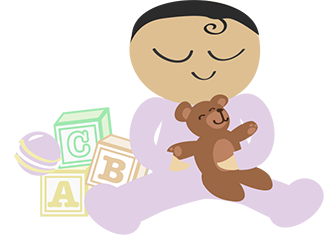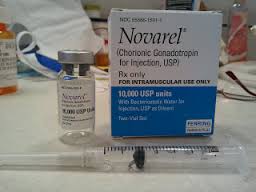Today, my day started off kinda rocky. The hotel called last night and arranged for a car service to come and pick me up at 10:15 am to take me to my fertility clinic. At 10:30, I was still awaiting their arrival and I was supposed to BE at CNY at 10:30 am. I was LIVID! One thing that irks me is waiting for people. I am PAYING you, you are not transporting me for free. The driver arrives and explains that he was told to run someone up the street to Hertz. I of course checked him and then moved on. He got me to the clinic in 5 minutes LOL.
I went in CNY Fertility Center and Spa- Albany and did my intralipid infusion of two bags of intralipids and I hung out with my nurse, Kimmy. We took a few selfies and chatted for two hours. I absolutely LOVE my nurses, Kimmy, Stacy, and Aileen ! They are the most down to Earth, calming spirits. That is a good thing when you are going through such a trying time.
After I finished my intralipids, the clinic called a cab for me and then I came back to my hotel, ate some lunch and then watched my soap operas and the Real before getting concierge to take me grocery shopping. I did my shopping and came back in and made a nice juicy burger for dinner since I did not feel like going to the mall.
My ovaries feel ridiculously inflated and I am a bit uncomfortable. It will only get worse tonight after my double trigger shot. But I hope this pushes my follicles right to the edge and all the eggs in there mature and are ripe for the picking in the morning when they put me on that table !
I just lathered my backside with Emla cream to numb the area I am going to do the IM injection of the Novarel at 9:30 pm. I want to go to sleep, but the film crew will arrive at 11:30 – 12 so I will probably lightly sleep until then so I can greet them when they come in.
I am very tired, but also excited about what possibility tomorrow can bring ! I am claiming this to be MY cycle ! I am claiming that my eggs WILL be mature and they WILL fertilize and I will more eggs than I need for Tuesdays transfer and will have a few to freeze for another time.
I am hoping and praying for 10 or more eggs. Putting that out there in the universe and whispering it into the ears of God ! If He wants to give me more than 10 dynamic eggs and wants to give me 14 or 15, hey, I am not arguing ! lol
Thanks to you all for your prayers, your concern, and for sticking this out with me. You all mean so much to me ! xoxo






